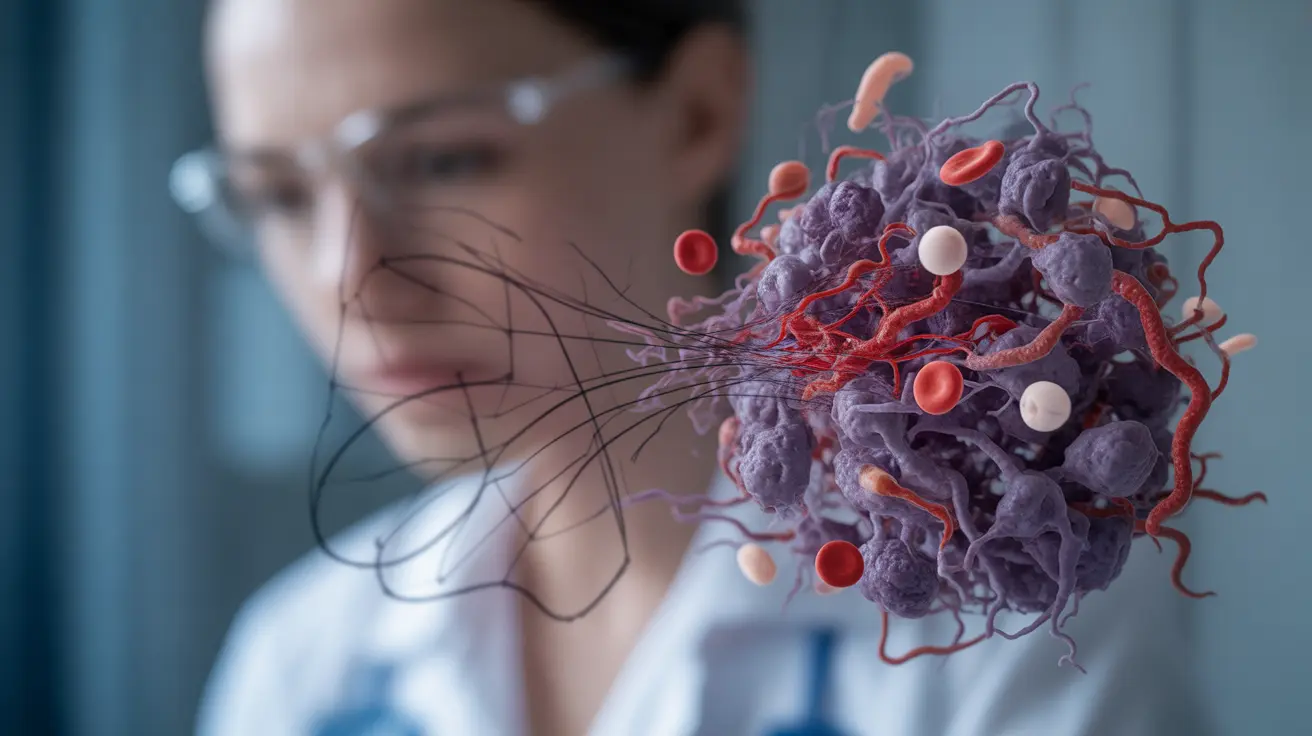Blood cancers represent complex medical conditions that can sometimes manifest in unexpected ways. While lymphoma and leukemia are distinct types of blood cancers, medical research has shown that they can indeed occur simultaneously in some patients. Understanding this concurrent occurrence is crucial for both healthcare providers and patients to ensure proper diagnosis and treatment.
This comprehensive guide explores the possibility of having both lymphoma and leukemia at the same time, including symptoms, diagnosis, treatment approaches, and what it means for patient outcomes.
The Connection Between Lymphoma and Leukemia
Both lymphoma and leukemia affect the body's blood-forming tissues and immune system, but they do so in different ways. Lymphoma primarily affects the lymphatic system, while leukemia involves the bone marrow and blood cells. Despite these differences, there are situations where both conditions can develop simultaneously or one can transform into the other.
Understanding Concurrent Diagnosis
When both conditions occur together, it's often referred to as a concurrent or simultaneous diagnosis. This can happen in several ways:
- Development of both cancers independently
- Transformation of one type of blood cancer into another
- Secondary cancer development following treatment
- Genetic predisposition affecting multiple blood cell lines
Signs and Symptoms of Coexisting Blood Cancers
When lymphoma and leukemia occur together, patients may experience an array of symptoms that can be more severe than with either condition alone:
- Persistent fatigue and weakness
- Unexplained weight loss
- Night sweats
- Enlarged lymph nodes
- Frequent infections
- Easy bruising or bleeding
- Bone pain
- Shortness of breath
- Fever without obvious cause
Diagnostic Process and Challenges
Diagnosing concurrent blood cancers requires a comprehensive evaluation process:
- Blood tests and complete blood count (CBC)
- Bone marrow biopsy and aspiration
- Lymph node biopsy
- Imaging studies (CT, PET, or MRI scans)
- Molecular and genetic testing
- Flow cytometry analysis
Treatment Considerations
Managing concurrent lymphoma and leukemia presents unique challenges and typically requires a more complex treatment approach:
- Combined chemotherapy protocols
- Targeted therapy options
- Immunotherapy treatments
- Stem cell transplantation when appropriate
- Careful monitoring of treatment response
- Management of side effects
Prognosis and Outlook
The presence of both conditions typically results in a more complicated prognosis. Factors affecting the outlook include:
- Specific types of lymphoma and leukemia involved
- Stage of each cancer at diagnosis
- Patient's age and overall health
- Response to treatment
- Presence of other medical conditions
Frequently Asked Questions
Can a person be diagnosed with both lymphoma and leukemia at the same time?
Yes, it is possible for a person to be diagnosed with both lymphoma and leukemia simultaneously. This can occur either as two independent conditions or through the transformation of one blood cancer into another. While relatively rare, concurrent diagnosis requires specialized medical attention and careful treatment planning.
What are the symptoms that might indicate having lymphoma and leukemia concurrently?
Common symptoms indicating concurrent lymphoma and leukemia include severe fatigue, unexplained weight loss, night sweats, enlarged lymph nodes, frequent infections, easy bruising, bone pain, and persistent fever. These symptoms may be more pronounced than with either condition alone due to the combined effect on the blood and immune systems.
How is the treatment approach different when someone has both lymphoma and leukemia together?
Treatment for concurrent blood cancers typically involves a more complex and carefully coordinated approach. This may include combination chemotherapy protocols, targeted therapies, immunotherapy, and possibly stem cell transplantation. The treatment plan must address both conditions while managing potential interactions and side effects.
Why is having both lymphoma and leukemia usually associated with a poorer prognosis?
The combination of both cancers typically results in a more challenging prognosis due to the increased complexity of treatment, greater impact on the immune system, and potential for treatment resistance. The presence of two blood cancers can also lead to more severe complications and make response to therapy more unpredictable.
What diagnostic tests are used to accurately identify when lymphoma and leukemia coexist?
Accurate diagnosis requires a comprehensive set of tests including blood work, bone marrow biopsy, lymph node biopsy, imaging studies (CT, PET, or MRI scans), molecular testing, and flow cytometry analysis. These tests help determine the specific types of cancer present and guide treatment decisions.




